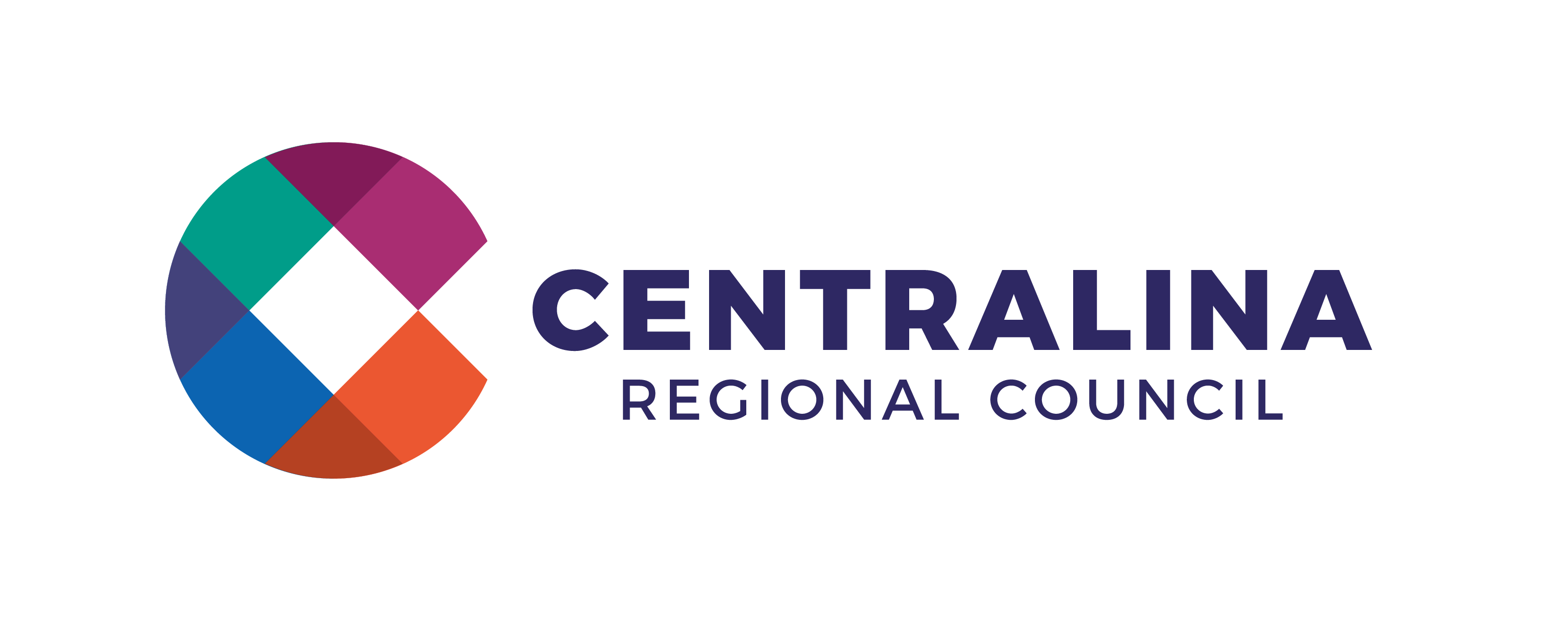The Farm Bill governs federal government programs related to agriculture, nutrition and the environment and is traditionally reauthorized every five years. Due to the Farm Bill’s important role in facilitating America’s food systems, it is considered “must-pass” legislation.
The Farm Bill provides funding in two ways. It authorizes and pays for mandatory spending with multi-year budget estimates when the law is enacted. It also sets the parameters for discretionary programs and authorizes them to receive future appropriations without providing funding.
Mandatory programs consume approximately 82 percent of Farm Bill funding and often dominate Farm Bill policy debates. Those programs include federal crop insurance subsidies, Supplemental Nutrition Assistance Program (SNAP) payments and certain child nutrition programs.
Discretionary spending consists of federal expenditures funded by the annual appropriations process. Examples of discretionary funding include most agricultural research and development initiatives, some humanitarian aid programs, Special Supplemental Nutrition Program for Women, Infants and Children (WIC), and funding for U.S. Department of Agriculture (USDA) programs and operations.
Last authorized for five years in 2018 and extended for one year, the Farm Bill is set to expire on September 30, 2024. After a 12-hour hearing, the U.S. House of Representatives Agriculture Committee passed its version of the new, five-year 2024 Farm Bill on May 24, 2024. Four democrats, including U.S. Representative Don Davis (NC-1,) joined with committee Republicans, including U.S. Representative David Rouzer (NC-7), to support the bill. U.S. Representative Alma Adams (NC-12) voted against it. The U.S. Senate has released the framework for their proposal but not the full text.
Both the House bill and the Senate plan would increase funding for USDA conservation programs, an anti-wildfire initiative known as the Good Neighbor Authority, and rural broadband initiatives. Both proposals also provide funding for rural partnership grants and to expand childcare in rural America.
However, the House and Senate versions differ on some key points. The most significant difference is in the SNAP program. The House version of the Farm Bill freezes SNAP payments at their current levels with no adjustments to address changes in food prices or cost of living. The Senate plan does not contain a freeze and allows USDA to adjust payments over time. This amounts to a $30 billion difference in the proposals and will have to be addressed in negotiations between the House and Senate.
Another key difference that will need to be negotiated between the two versions is the handling of climate conservation measures. The Inflation Reduction Act authorized $13 billion for USDA conservation programs to help farmers pay for projects that protect the health of the land they farm; provided those projects must also provide climate benefits. The House bill removes the climate benefits provision, while the Senate retains it.
Neither the House nor the Senate versions of the Farm Bill have yet been scored (analyzed and provided with a budgetary impact) by the Congressional Budget Office.
Negotiations are expected to continue right up to the deadline of September 23, 2024, when the current extension expires. With each chamber controlled narrowly by opposite parties, predictions range from passage of a full bill to another extension.



